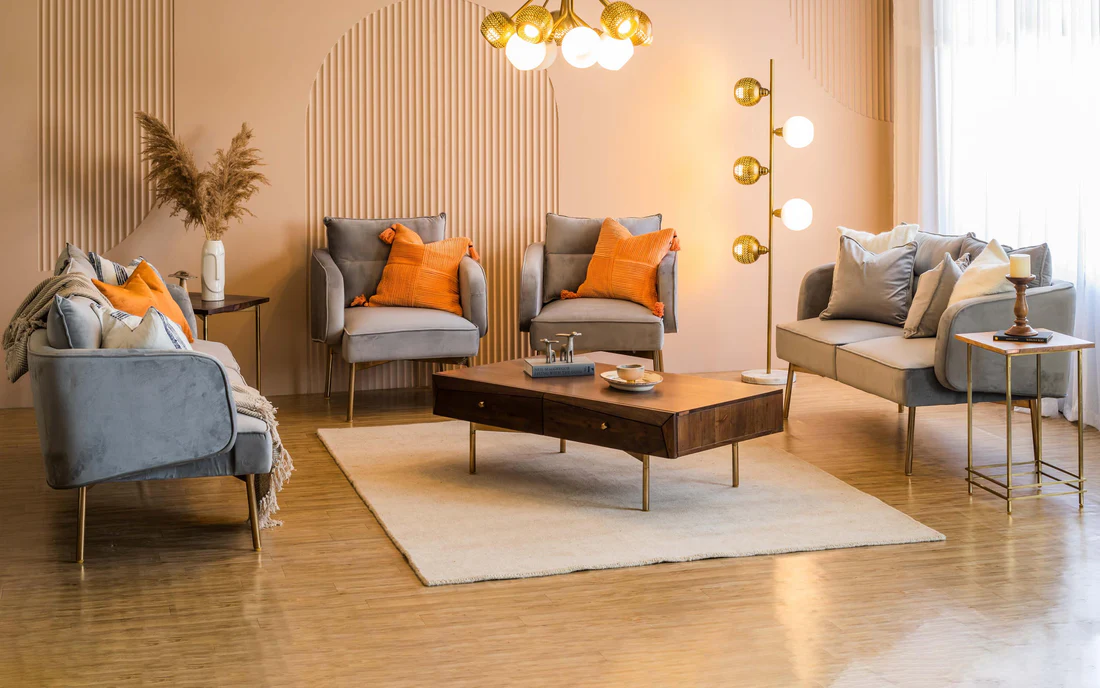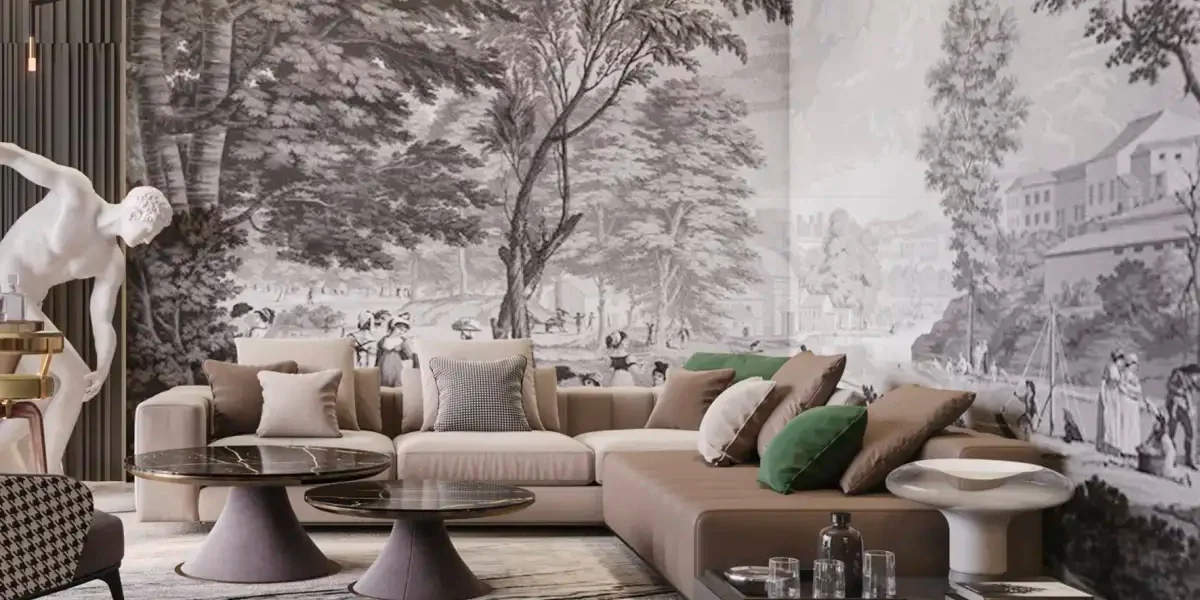When it comes to designing the perfect living space, two concepts often emerge at the forefront of home decor discussions: aesthetics and themes. Both of these elements play a pivotal role in shaping the ambiance of a home, but they serve distinct purposes and bring different qualities to the table. The question arises—what works best for your home: an aesthetic or a theme? To answer this, it’s important to explore the definitions, differences, and intersections of these concepts, as well as their respective benefits and challenges.
In this article, we’ll dissect the nuances between aesthetic and theme, provide insight into their unique characteristics, and offer guidance on how to strike a balance that elevates the design of your living space. Understanding how these two ideas complement each other will help you curate a home that feels cohesive, stylish, and authentic to your personality.
Defining Aesthetic and Theme
Before we dive into the intricacies of aesthetic and theme, let’s first define what each term means in the context of home decor.
-
Aesthetic:
Aesthetic in design refers to the visual qualities and style of a space, often governed by an overall mood or atmosphere. It’s the mood or feeling a room or home evokes through its visual appeal. While “aesthetic” can often be associated with style, it goes beyond the mere selection of colors, patterns, and furnishings. It is about how these elements work together to create an emotional or sensory response. For instance, an aesthetic could be described as “rustic charm,” “modern elegance,” or “coastal serenity.” The term aesthetic, therefore, embraces a broader, more fluid concept of beauty and feeling within a space. -
Theme:
A theme, on the other hand, is more structured. It refers to a specific design concept or central idea around which the decor of a space is organized. A theme often involves a cohesive and recognizable style that is maintained throughout the space. Themes tend to be more deliberate, focused on specific motifs or historical references. Examples of themes in home decor include “bohemian,” “mid-century modern,” or “industrial loft.” A theme sets the tone and parameters for your choices in furnishings, color palettes, and accessories, ensuring a consistent visual narrative.
While an aesthetic might be described in more abstract terms, a theme is typically more concrete and focused on a clear design direction.
The Role of Aesthetic in Home Decor
An aesthetic approach to home decor is grounded in flexibility and personalization. It allows homeowners to experiment with a variety of elements, creating spaces that reflect their individuality and personal tastes. With an aesthetic-focused approach, there is more room for interpretation, blending multiple styles, or embracing more free-form design principles.
For example, someone who appreciates minimalist aesthetics might opt for clean lines, neutral colors, and a less-is-more attitude in furniture. But within this minimalist aesthetic, they might still choose a few pieces that add warmth, such as a colorful rug, a few vintage finds, or plants that bring life to the space. The beauty of aesthetics lies in the fact that it’s not necessarily confined to a single design ethos. It’s about creating a visual harmony that resonates with your taste and the overall feeling you want the space to convey.
Another significant benefit of focusing on aesthetic is that it allows for a more organic design process. Homeowners can begin with a specific visual or mood and refine their decor as their preferences evolve. It provides greater freedom to experiment with contrasting textures, colors, and design features without being bound by a strict style guide. As long as the elements align with the chosen aesthetic, the overall result can be a visually stimulating and emotionally resonant space.
The Role of Theme in Home Decor
In contrast, choosing a theme for your home decor is akin to designing a story. It’s about setting a clear direction for your space and curating elements that fit within this narrative. A theme often leads to a more uniform look, where each piece contributes to the overarching idea or style you’ve chosen. Themes provide a sense of coherence and structure, ensuring that every detail supports the larger vision.
Themes work well in homes where a particular atmosphere is desired, whether it’s a nostalgic throwback to mid-century modernism or a coastal retreat inspired by the sea. For example, a “bohemian” theme may involve earthy tones, layered textiles, vintage furniture, and eclectic artwork, all creating a carefree, artistic, and inviting environment. Similarly, an “industrial” theme might be marked by exposed brick walls, metal finishes, and neutral colors, crafting a more urban, utilitarian feel.
The advantage of choosing a theme is that it provides clear guidance and focus, particularly when designing larger spaces or entire homes. It ensures that the design remains consistent and cohesive, even when different types of furniture or accessories are used. Themes are particularly useful in spaces where a clear identity is needed, such as a themed bedroom, a home office, or a living room where a particular mood must be maintained throughout.
Aesthetic vs. Theme: The Key Differences
While aesthetics and themes both serve crucial roles in home decor, they differ in several key ways:
-
Flexibility vs. Structure:
Aesthetic offers more flexibility. It’s about how elements come together visually to create a feeling, which can include multiple design influences. A theme, however, is more structured and intentional. It brings consistency to the space and ensures that the elements align with a specific vision. -
Emotional Appeal vs. Conceptual Identity:
Aesthetic often prioritizes the emotional response a space evokes. It can be based on the vibe you want to experience, such as calm, energy, or warmth. A theme, on the other hand, is a conceptual identity. It’s built around a particular idea or motif that defines the overall design and can be tied to a specific style, era, or cultural reference. -
Freedom vs. Focus:
When decorating with aesthetic in mind, you have more room for improvisation. You can mix and match colors, patterns, and textures in a way that feels freeform but still cohesive. A theme, however, brings focus, ensuring that the choices you make reflect a central concept, whether it’s vintage, boho, or industrial.
Which Works Best for Your Home?
The answer to this question depends on your priorities and preferences. If you value freedom and personal expression, an aesthetic approach may resonate more with you. It allows you to create a space that feels uniquely yours, guided by emotional resonance rather than strict adherence to a particular style.
However, if you seek more structure and clarity in your design process, a theme might be a better fit. A theme will guide your decisions and help create a unified look that feels complete and purposeful. It’s particularly useful in larger spaces or for those who prefer a more methodical approach to home decor.
That said, aesthetic and theme need not be mutually exclusive. In fact, they can work together beautifully. A strong theme can provide the foundation, while the aesthetic can bring it to life in ways that feel personal and unique. For example, you might choose a coastal theme but infuse your space with an aesthetic that speaks to your personality—whether that means integrating mid-century modern furniture or adding vibrant pops of color that evoke a laid-back, tropical feel.
Conclusion
Ultimately, the decision between aesthetic and theme in home decor comes down to what feels most authentic and comfortable to you. Aesthetic offers the freedom to explore and create with flexibility, while theme provides a sense of clarity and consistency. By understanding the differences between these two approaches and how they can complement each other, you can create a living space that truly reflects your personality, lifestyle, and design preferences. Whether you lean more toward aesthetic fluidity or prefer the structure of a theme, the most important aspect is that your space feels like home—an environment where you can truly unwind, recharge, and express who you are.









